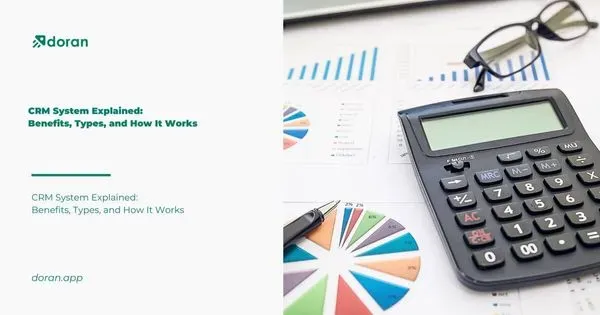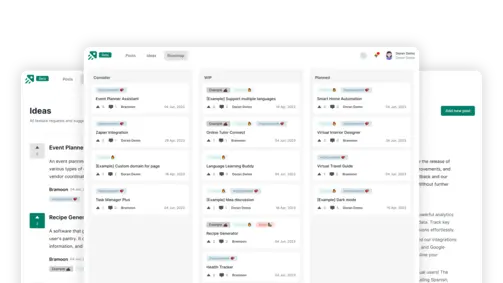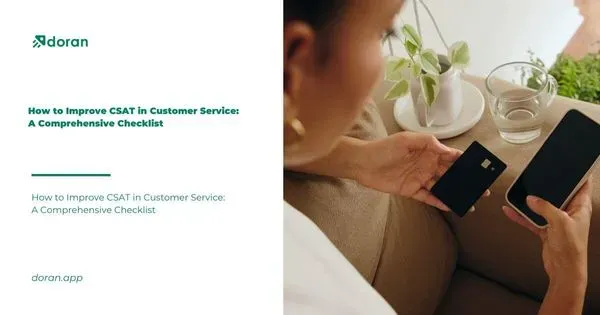The best Times to Send a CES survey
Create changelog and product roadmap for your product
Explore nowTable of contents 7 min
Timing is everything when it comes to gathering valuable insights from Customer Effort Score (CES) surveys. In this article, we explore the critical question: “What are the best times to send a CES survey?”. Understanding the optimal timing can significantly impact response rates and the accuracy of feedback, ultimately leading to more actionable insights. Join us as we uncover the strategic windows for deploying CES surveys and maximizing their effectiveness in improving customer experiences.
Customer Effort Score (CES): What is it?

Before knowing what are the best times to send a CES survey, let’s look at the definition of CES, also known as Customer Effort Score.
The Customer Effort Score (CES) is a quantitative measure obtained from a customer satisfaction survey, which assesses the level of ease with which customers are able to use a product or service. The Customer Effort Score (CES) is a metric that quantifies the level of effort required by a customer to utilize a product or service, locate necessary information, or resolve any encountered issues.
Customers are requested to provide feedback by responding to a statement such as “[Name of the organization] facilitated by my handling of [name of issue]” using a rating scale of 1-5 or 1-7. In this scale, 1 represents strong disagreement and 5 or 7 represents strong agreement. Optimal CES is achieved when minimal effort is needed, leading to increased customer satisfaction.
Read more: 10+ Customer Satisfaction Metrics for Business Success
How CES Compares up Against NPS and CSAT
Knowing what are the best times to send a CES survey is useless if you can’t distinguish between 3 most-favored metrics: CES, NPS, and CSAT.
The Customer Effort Score (CES) is a valuable metric for assessing customer effort and its impact on customer retention and business growth. Typically, customers prefer to minimize their effort when performing a task or resolving an issue. If the level of effort required is excessive, there is a high likelihood that they will switch to a competitor in the future.
The limitation of CES is its narrow focus on assessing a singular process or customer interaction, thus failing to provide a comprehensive overview of the overall customer experience. To address this, CES is commonly employed alongside two other customer experience metrics, namely Net Promoter Score (NPS) and Customer Satisfaction (CSAT), in order to obtain a more comprehensive understanding of customer satisfaction and loyalty.
Net Promoter Score® (NPS)
The Net Promoter Score (NPS) is a metric used to measure customer loyalty. It is determined by surveying customers and asking them to rate, on a scale of 0 to 10, how likely they are to recommend your service or product to others. The score is determined by subtracting the proportion of customers who respond to the NPS question with a rating of 6 or lower (referred to as ‘detractors’) from the proportion of customers who respond with a rating of 9 or 10 (referred to as ‘promoters’).
The Net Promoter Score (NPS) methodology can be applied to assess various aspects, ranging from a product’s performance to the effectiveness of a course or even the efficiency of a company’s hiring process. The measurement of consumer satisfaction is a key indicator of the general level of contentment among customers. When customers are satisfied with the quality of products and services provided, they are significantly more inclined to endorse and promote them to their acquaintances and relatives.
The Net Promoter Score (NPS) is a valuable metric for assessing customer loyalty at a high level. However, it lacks the ability to provide detailed insights due to its broad nature. NPS measures the overall attitude towards your brand, encompassing various factors such as customer service, product quality, and price. Consequently, it does not offer specific information about the aspects that users appreciate or dislike. In order to gather more information, NPS assessments are frequently accompanied by open-ended follow-up NPS questions.
Customer Satisfaction (CSAT)

CSAT, short for Customer Satisfaction, is a quantitative measure used to assess the level of satisfaction customers experience with a particular product or service in the short term. The measurement is obtained through the utilization of a straightforward survey that consists of a solitary question formulated in a manner similar to:
-
“Did you have a positive shopping experience today?”
-
“How would you rank the assistance you got?”
-
“How would you rate your overall satisfaction with the product/service you received?”
The possible answers can be categorized as binary, meaning they can be either a yes or no response, or they can be expressed using a rating scale. CSAT scores are typically presented using a percentage scale ranging from 0 to 100. A score of 100% represents the ultimate goal of achieving total customer satisfaction.
The CSAT scores typically exhibit positive values. However, a sudden surge in negative scores can serve as an indicator of an underlying issue that necessitates immediate attention.
Similar to CES, CSAT provides a momentary glimpse: it captures a specific customer interaction or action. The tool provides insights into the performance of individual processes, but it does not assess overall customer loyalty or satisfaction. However, it does offer the option to ask additional questions, such as the one displayed in the screenshot (“Add a comment about the quality of [service] you received”), which enables further investigation and identification of potential areas of concern.
Find out more: CSAT vs NPS vs CES Comparison: Choosing the Right Customer Metric
The best Times to Send a CES survey: The 3 Best Times

What are the best times to send a CES survey? Let’s find out with us!
The Customer Effort Score survey offers a significant advantage in that it enables the targeting of user satisfaction with specific processes. This is achieved by posing questions immediately after an important touchpoint at various stages of the customer journey.
The following are important timeframes for sending a CES survey:
Following the Completion of a Purchase
The first answer to the question: “What are the best times to send a CES survey?” is right after the completion of a purchase. One effective approach is to promptly administer a CES (Customer Effort Score) survey immediately following a customer’s online purchase. This survey aims to gauge the level of simplicity or complexity experienced by the customer during the purchasing process.
Following the Completion of a Subscription Sign-up Process
What are the best times to send a CES survey? The CES survey should be sent to customers during the onboarding process, specifically after they have signed up for a subscription service. The purpose of this survey is to assess the ease of use of your services.
Following a Customer Service Touchpoint
The CES metric is a valuable tool for evaluating the efficiency and success of your customer service efforts. Customers who experience frustrating or unhelpful customer service interactions are more inclined to seek alternative options for their business. By conducting a prompt follow-up after an interaction, it is possible to ascertain whether a customer encountered any challenges during a service phone call or chat.
According to HubSpot’s recommendation, it is advised to send a Customer Effort Score (CES) survey 20 minutes after the closure of a support ticket. This timeframe allows customers sufficient time to assess whether their issue has been effectively resolved.
What are the best times to send a CES survey? Timing plays a pivotal role in the success of CES surveys, and by identifying the best times to send them, businesses can unlock valuable insights to enhance customer satisfaction and loyalty. Embrace the power of timing in your survey strategy to drive continuous improvement and deliver exceptional experiences that resonate with your audience.
What to not miss out on our blog
Gain insightful knowledge and invaluable experiences from dedicated experts.

CRM System Explained: Benefits, Types, and How It Works
Discover everything about CRM system. Learn the benefits and how a CRM system works to improve customer relationships and streamline business operations.

Are you ready? Start your free trial today.
Enhance communication, keep track of the progress, understand customers' insight and more by taking your first trial on Doran.
Sign up for free

